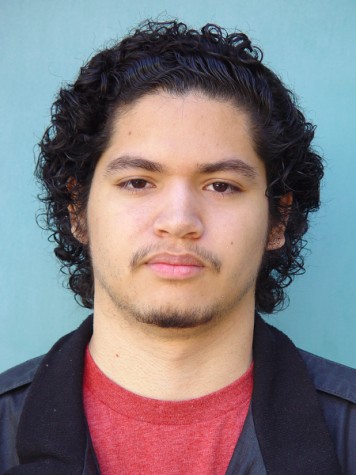Ten computers linked together to form the planetarium’s super computer will create many possibilities to be explored in the sciences, an experience only found at GCC.
The super computer is essentially 10 machines, which are synchronized to perform one task. The most common task is for rendering, which is to digitally reproduce animation to view in the planetarium.
On average, a 45-minute movie has about 1.5 terabytes worth of data. One terabyte is equal to 1,024 gigabytes.
The computers are linked together in a cluster project. A cluster is a series of computers performing a single task. There are eight processors, also known as cores, in each machine. That totals 80 cores in the super computer.
Hrach Beglaryan, 19, a chemical engineering student, has the most experience with working on the super computer. He began working on it this past summer. In the winter, Beglaryan plans to finish testing the machine and begin working on actual projects.
According to Paul Buehler, planetarium and dome administrator, other colleges around the country have domes similar to the one on campus, but they don’t allow students much hands-on experience with them.
Glendale College gives students the opportunity to get up close and personal with the planetarium super computer. The University of New Mexico and the University of Notre Dame also encourage students to get involved with the dome as part of independent study.
“In Notre Dame, it’s only a few students that go in on a volunteer basis,” Buehler said. “GCC is the only college that [provides access to the dome] at the level that we do in all of America.”
Art Basel, an international contemporary art exhibition held each year in Basel, Switzerland, used the GCC planetarium as a production venue to preview its presentation before sending it out to the art world.
Beglaryan has been testing the computer by running programs that can calculate pi, by using different algorithms to compare the speed it takes compared to a computer that has only one node.
“My main focus right now is testing how much power I get from it,” Beglaryan. He is also running an application designed to help the computer recognize itself as an entity.
On average, Beglaryan spends about 10 hours a week in the dome. He stated that GCC is being more cost efficient by creating a super computer as opposed to buying a computer mainframe, which costs more.
The opportunity to work with the super computer is unique to this college, according to Buehler.
To find out more about the super computer or the dome, call Buehler at (818) 551-5275 or
e-mail at [email protected]. The planetarium is in CS257.
Correction:
In the Nov. 25 issue, the article “Super Computer Renders Dome Animations,” failed to mention the name of the main researcher and founder, Paul Kazarian. He continues to do research at Caltech.

